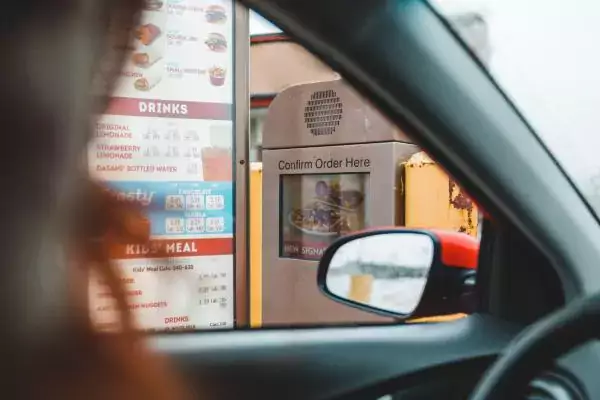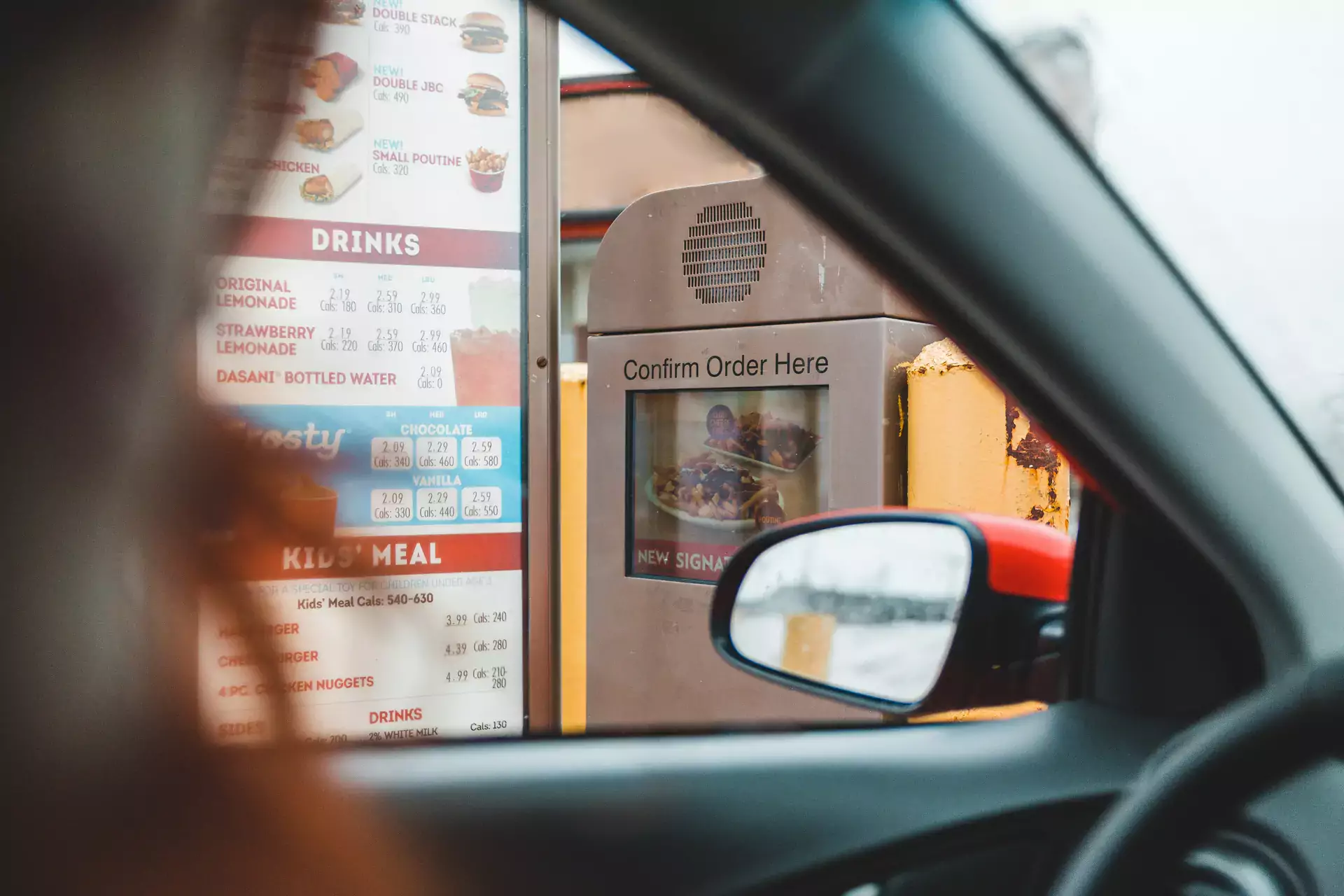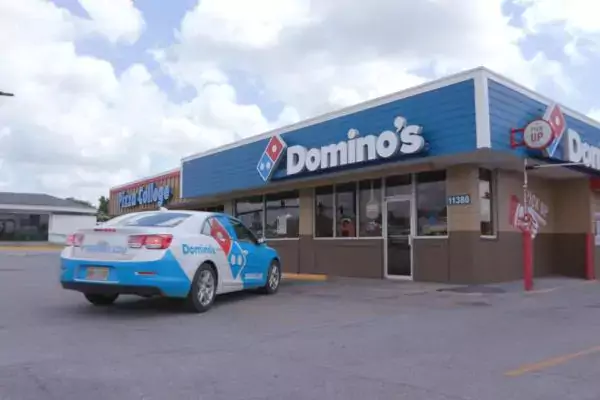In home kitchens, there is a best-practice called the triangle rule, where the distance of the triangle legs between the refrigerator, sink, and stove do not total more than 26 feet. This rule focuses on the ease-of-use for the person cooking, helping to avoid annoying (and potentially dangerous) kitchen designs that interfere with cooking the perfect meal.
Imagine having to take even 10 steps across your kitchen to get produce from the refrigerator to the sink where it can be washed, or worse–15 steps holding a boiling pot of pasta and water that needs to be drained over the sink. Impractical designs can hinder the ability to cook efficiently, making the user-experience frustrating and adding unnecessary steps (literally) to the cooking process. The same idea applies to restaurant kitchens and service lines, especially because the extra steps start to add up, wearing out kitchen staff, adding time to each ticket, and putting distance between the customer and their finished meal.
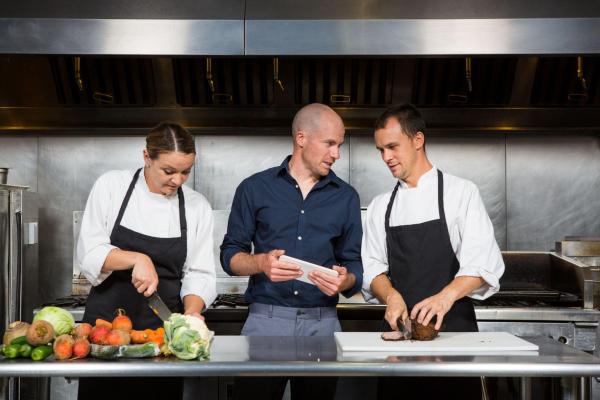
Thoughtful kitchen design is crucial for serving great meals to guests and reducing the friction that kitchen staff face during their shift. Here are the top reasons why inefficient design can cause issues for restaurants:
- Staff have to cross paths more often increasing opportunities for employees to bump into each other, spill, or have to step out of the way which interrupts the restaurant flow
- The food or components of a meal have to travel a farther distance allowing more time for food to cool off or get spilled
- Handwashing sinks are far away or inconvenient to access so team members might wash their hands or change their gloves less frequently raising the concern for foodborne illness or contamination
- Managers have reduced visibility into what is going on so it is harder to catch mistakes or improper behavior
- Everything takes longer meaning longer wait times for customers and reduced profitability for the restaurant
The 26-foot limitation for home kitchens may not apply in the same way it does in a large restaurant kitchen, but the same principles apply. The kitchen should be designed in a way where each individual role, like line cook or grill operator, is able to stay within a 26-foot (or less) triangle to conduct the majority of their job, especially during a rush. Reducing the distance each member of the team has to travel will help improve performance.
How effective kitchen design can benefit restaurants:
- Team members conserve energy so less effort is spent walking around and more is spent cooking great food
- Fresher, faster food for customers will keep them coming back again and again
- Reduced risk of cross-contamination when different members of the kitchen staff cross paths less often
- Less space is needed for kitchen activities leaving more room for prep space, a larger dining room, or employee break area
- Designated space for each role allows for kitchen employees to take ownership of their personal space on the shift, they know what is theirs to clean and keep stocked
Efficiency should be a priority when designing a restaurant kitchen, but depending on the breadth and complexity of the menu, there may be limitations.
Best practices for initial restaurant kitchen design:
- Adequate lighting helps the space feel more energized and open while also ensuring visibility when cleaning and cooking
- Designing for food and physical safety makes sure that restaurant staff are safe while also helping comply with local codes and regulations
- Consider all activities that will take place in each area including cooking, cleaning, opening, and closing
- Use restaurant technology to help streamline processes
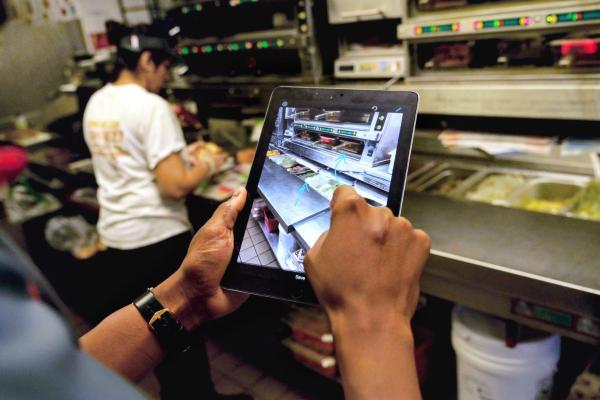
Even in an existing restaurant, there are many ways to improve efficiency and help restaurant employees thrive. Taking the time to consider each role and responsibility in the restaurant and making even small changes to boost efficiency can save countless hours at the end of the year. Some top areas to consider include:
- Menu inefficiencies like rarely-ordered items that take extra time to prepare or prep
- How the stock room and coolers are arranged to make sure frequently used items are easy to access and rotate
- How make-lines are set up to see if ingredients or toppings for individual menu items are near each other
Efficiency adds up, and designing or changing restaurants to be more efficient means that a restaurant can produce great food with less space, time, and even staff. To learn more ways on how to have effective operations, download The Restaurant Operator’s Guide to Ops Excellence.

Subscribe to our blog
You are now subscribed!
